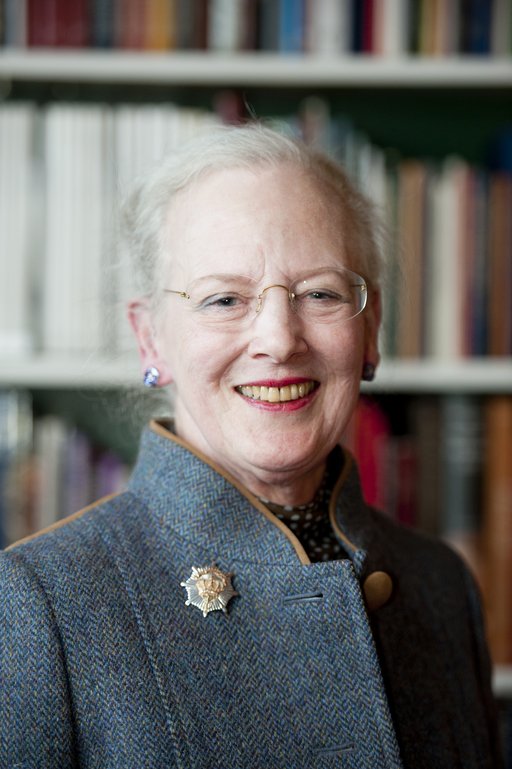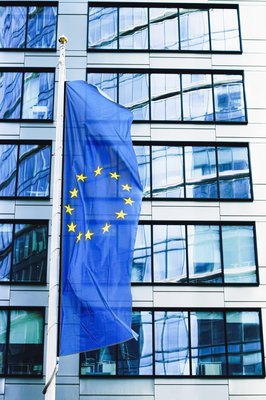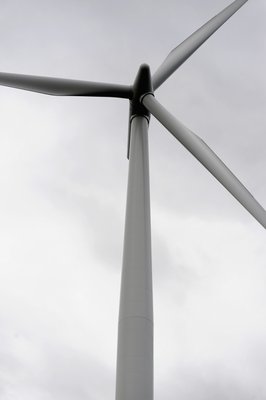The Nordic Embassies in Berlin
The Nordic Embassies site in Berlin – 'Nordische Botshaften' – allows Finland, Sweden, Norway, Iceland and Denmark to work closely together on shared interests and objectives in the region, reduce costs, and maximize their diplomatic efforts. While each Nordic country has its own embassy and promotes their national interests, they also have a 'Felleshus' emphasising the broader benefits of Nordic cooperation and a shared commitment to promoting the region as a whole.
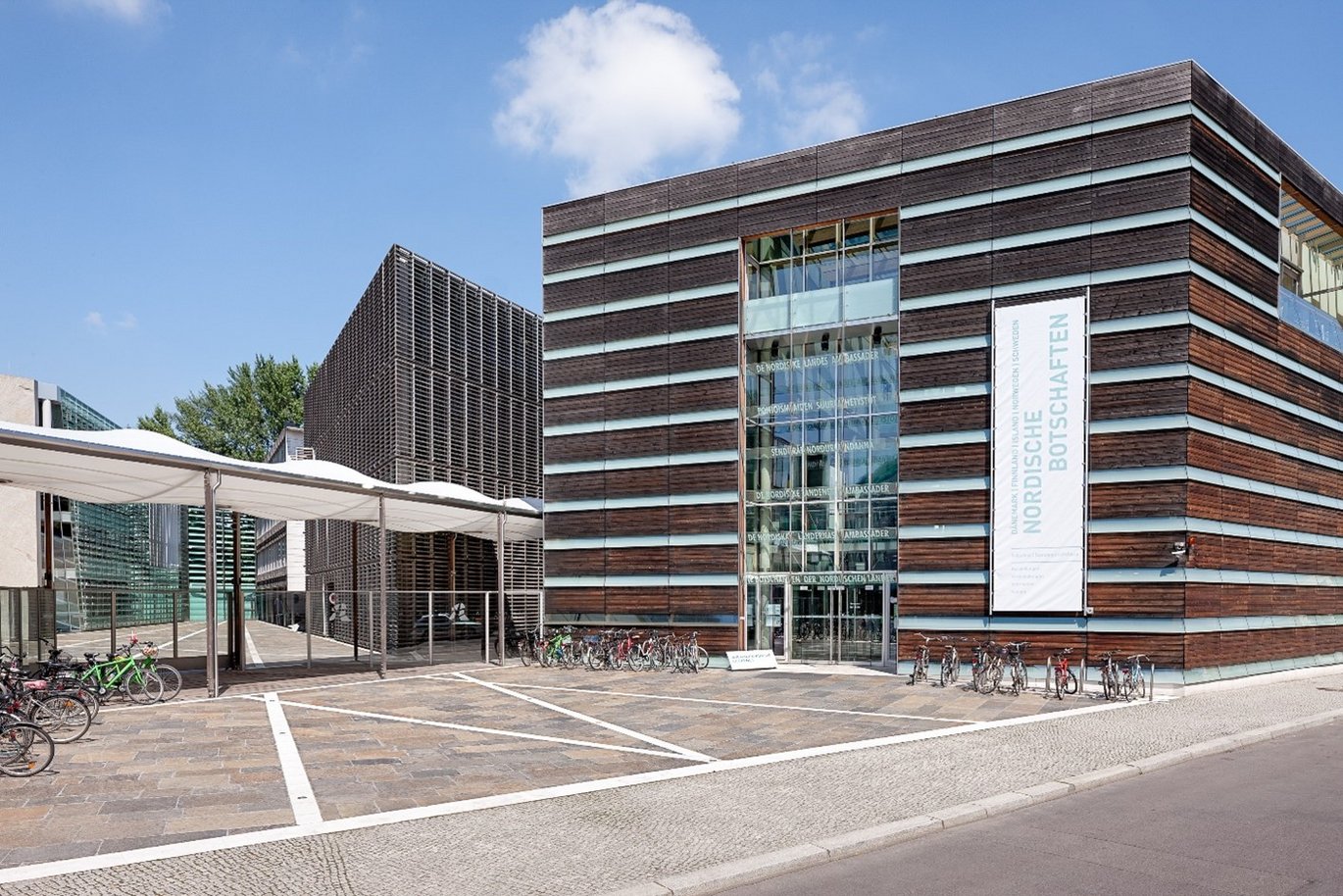
Common house for the Nordics
The Nordic Embassies complex in Berlin serves as a diplomatic mission and cultural center for the five Nordic countries. It was officially opened in the fall of 1999 and is a symbol of cooperation and unity among the Nordic countries. Within the complex of Nordic embassies, there is a “Felleshus” (Pan-Nordic Building) utilised by each of the constituent embassies. "Felleshus" is derived from the Norwegian and Danish words "felles" and “fælles” meaning "common" or "shared", and "hus" meaning "house". “Felleshus” is elsewhere often used to refer to a building or space that is shared by multiple organizations or groups, such as a community center.
The location of the embassies of these five countries on one site is unique. Apart from Berlin, there are nine other cities where, at the time of writing, all five Nordic countries have embassies, namely in Ottawa, Washington, Beijing, New Delhi, Tokyo, Vienna, Warsaw, Moscow, and London, but none where they are actually based on the same premises.
Even though the complex consists of several buildings designed by different architects, they all follow the same architectural style. The overall design, developed by the Austrian-Finnish firm Berger-Parkkinen, was intended to capture the idea of a strong community based around individual units. They sought to create a Nordic atmosphere in all possible ways, aiming for comfort yet plainness, flexibility and luminosity, also in the choice of materials, lighting, functionality, and furniture etc.
Why base the embassies on the same site?
The Pan-Nordic complex was a result of a window of opportunity caused by political changes in Germany that overlapped with Nordic cooperation ambitions in the 20th century. The decision to locate the Nordic embassies in the same complex in Berlin was driven by both political and cooperative factors:
1. The unification of Germany resulted in the relocation of the Nordic embassies from their former properties.
Due to the existence and the importance of recognizing both East and West Germany, the Nordic countries had moved their embassies out of Berlin during the Cold War Era. Sweden, for instance, had one embassy in East and one in West Germany. With the unification of Germany, the political center changed, and the embassies had to follow.
2. The Nordic Embassies in Berlin aligned with the policy of the Nordic Council of Ministers, which aimed to promote cooperation and coordination among government officials.
As each Foreign Ministry represents their respective governments in the international arena, their cooperation seems to be logical. By having their embassies on the same site, the countries could work more closely together on shared interests and objectives in the region. Berlin could thus become a space for Nordic cooperation outside the geographical region of the Nordics.
This unity perhaps belies the actual situation during the 1990s, namely, that the relevance of Nordic cooperation was being challenged. Finland and Sweden were looking towards Europe with their accession into the European Union in 1995, although Norway rejected membership in 1994. The EU’s 'Northern dimension' initiative, which emerged in 1997, arguably competed with Nordic cooperation, but encompassed a wider area than just the Nordic countries. For example, one of its objectives was to "provide added value through reinforced coordination and complementarity in the EU and member states' programs, and enhance collaboration among countries in northern Europe." (Council of the European Union (2000) Northern Dimension – Action Plan for the Northern Dimension with external and cross-border policies of the European Union 2000–2003, Brussels (p.2)).
That said, the Northern Dimension initiative was initially viewed as fairly weak due to unclear practical applications, conflicts of interest with Nordic cooperation structures, as well as EU skepticism. While its aims diverged from those of the Nordic Council and Nordic Council of Ministers, its existence could still be seen as a potential threat to the relevance Nordic cooperation. Despite these issues, the Nordic Council of Ministers later became an official partner in the initiative in 2004.
3. Practical considerations.
By sharing facilities and resources, the countries could reduce costs and maximize their diplomatic efforts in the region. This can result in a more efficient and effective use of resources, and enable the countries to better serve their respective interests.
4. Image of unity.
The concentration of the embassies on one site reflects the close relationship and shared values between the Nordic countries. The architecture itself was intended to serve as a symbol of unity and cooperation and to demonstrate the Nordic countries' commitment to working together on the international stage. The site is also a platform for dialogue and cultural exchange between Nordics and visitors to the embassies, particularly the Pan-Nordic Building or Felleshus.
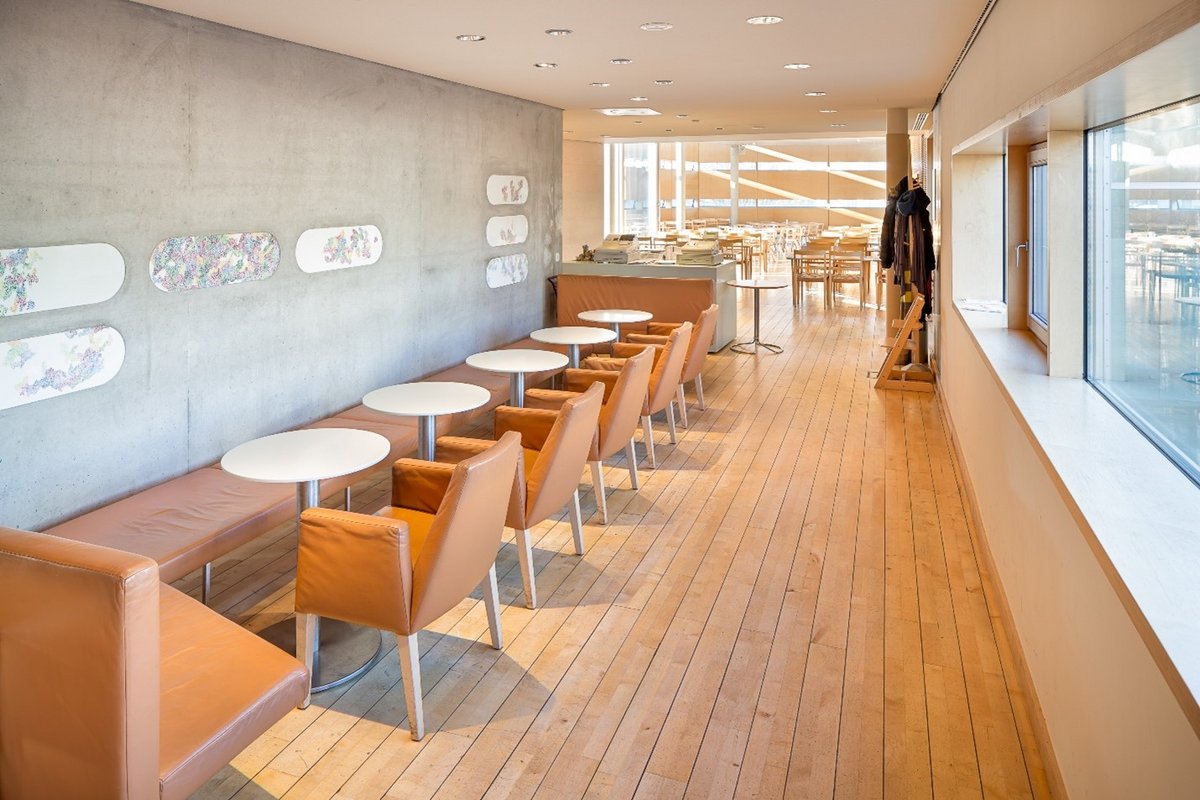
Do the embassies compete over national interests in Germany?
Technically, embassies must only represent the interests of their own country. So, it is possible that there is some competition among the Nordic countries in Berlin, particularly in areas where there may be divergent national interests or priorities. Researcher Tobias Etzold, for instance, has pointed out that the level of interest in closer cooperation with Germany varies among the countries. Norway, for example, has demonstrated a strong interest in closer cooperation due to its lack of EU membership and attempts to fight isolation. The same does not apply for the three Nordic EU member states.
Despite this, similarity does not always create conflicts. For instance, all Nordic countries face common challenges and interests which they can work on with Germany, such as sustainable development in energy, the economy, and the environment. These common interests present an opportunity for joint initiatives. Although Germany and the separate Nordic countries maintain steady and mutually beneficial relationships, there is minimal, if any, formal or systematic contact between the Nordic region as a unified political entity and Germany, according to Etzold. Writing in 2015, the researcher attributes Germany's hesitancy to doubts about the Nordic countries’ ability to support Germany's European leadership role, given their perceived small size and varying degrees of integration into European cooperation structures.
Nordic branding today
The site of the Nordic Embassies in Berlin and particularly the Felleshus play an important promotional role in the creation of the image of Nordic unity. It has become not only a complex of foreign missions, but also an event venue and cultural center, and it serves as an important symbol of cooperation, common heritage, and culture between the Nordic countries. The embassies have collectively succeeded in promoting the Nordic brand and achieved this through events, online activities and architecture, for example. The Felleshus regularly hosts events such as exhibitions, readings, concerts, film screenings, lectures, and conferences. The cultural center also has a Book of the Month reading series, in cooperation with a German bookstore which promotes Nordic literature, and often features readings and presentations by Nordic authors. There is also a jazz series that provides a platform for well-established and up-and-coming Nordic musicians.
Through its various cultural and educational events, the Felleshus offers visitors a glimpse into the diverse cultures of the Nordic countries. By highlighting mutual understanding and appreciation, it contributes to the promotion of the Nordic brand and the image of Nordic unity. It will, in all likelihood, continue to be seen as an important landmark and hub of Nordic cultural activity in the heart of Berlin.
Further reading:
- Johan Strang (ed.), Nordic Cooperation: A European region in transition (London: Routledge, 2015).
- Tobias Etzold, Nordic institutionalized cooperation in a larger regional setting. In Johan Strang (ed.), Nordic Cooperation: A European region in transition (London: Routledge, 2015).
Links:
- Nordic Embassies Berlin
- British Berlin Social Club (Nordic Embassies in Berlin)
- Berger Parkkinen Architects (Nordic Embassies Berlin)
